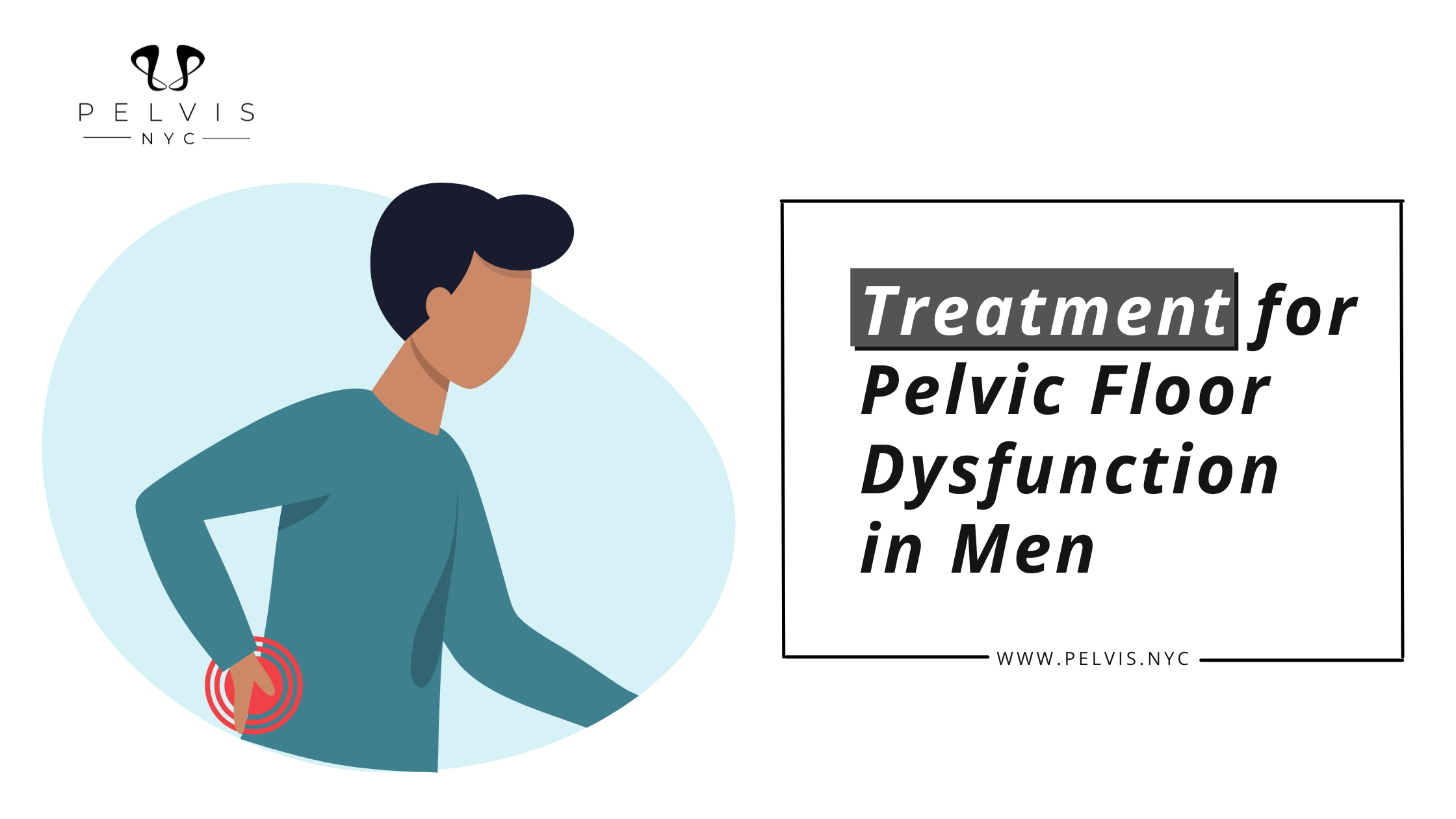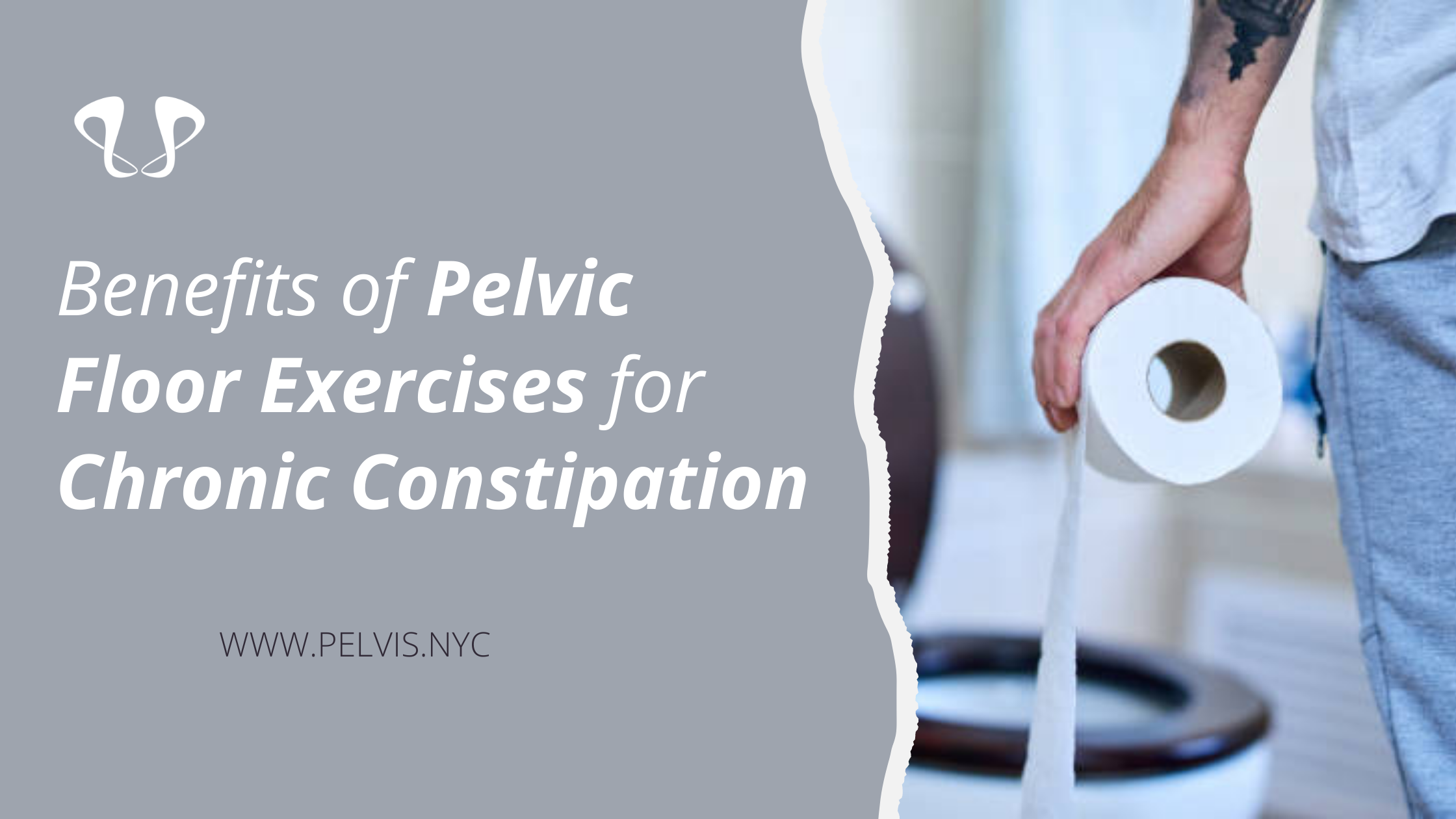Ditch the old wives’ tale that a sprain will heal on its own. Having physical therapy should be at the top of your list if you’ve recently sprained your foot or suffered another type of foot injury. Research has shown that getting a physical therapist can speed up your healing process and help you avoid further injury down the line.
And no, you don’t have to be a professional athlete to benefit from physical therapy. Whether your goal is to walk pain-free or simply improve your mobility, we can create a treatment plan that’s tailored specifically for you. So if you’re ready to get on the road to recovery, book now and we’ll have you back on your feet in no time. But if you are still in doubt about whether you see a PT or not, take time to read this.
How to know if you have one?
If you have ever sprained your foot, you know how painful the experience is. It is because a sprain is defined as a ligament injury that is caused by a sudden overstretching or tearing. A foot sprain occurs when the ligaments that support the foot are stretched or torn. This can happen due to an awkward fall, sudden movement, or direct impact. The most common symptom of a foot sprain is pain, swelling, and bruising. In severe cases, the foot may also feel weak or unstable.
Sprains and strains are common injuries, especially for athletes. But even if you’re not an athlete, you can still sprain your foot by simply walking or running on uneven ground. Foot sprains are unfortunately all too common, but the good news is that they’re usually not serious. However, if the pain is severe or you suspect that you may have fractured a bone, it’s always best to see a doctor just to be safe.
If you need some help to recover from a sprained foot faster, consider physical therapy because it can help you with exercises that can strengthen the muscles around your foot and ankle.
Treatment At-Home
For milder injuries, foot sprain can be treated at home. Here are some simple treatments you could do to ease the discomfort and enhance your recovery.
- Rest- This is probably the most important thing you can do for a sprain. Put your foot up and avoid walking or standing for long periods. This will help give your body a chance to heal.
- Ice: Ice can help reduce swelling and pain. Apply an ice pack for 20 minutes at a time several times a day to the affected area.
- Compression: A compression bandage can also help reduce swelling. Wrap your foot tightly, but not so tight that it cuts off circulation.
- Elevation: Keeping your foot elevated above heart level will also help reduce swelling. Prop it up on a pillow or cushioned surface when you’re sitting or lying down.
When to see a Physical Therapist?
If you’ve recently suffered a sprain, you might be wondering when it’s time to consult a professional. The answer, of course, depends on the severity of your injury. If you’re able to put weight on your foot and walk relatively normally, you can probably wait a few days before seeking help. However, if the pain is severe or you’re unable to bear weight on your foot, it’s best to see a physical therapist right away.
A physical therapist can help you heal your sprained foot properly. Severe sprains may require a splint or cast. But, most people with a sprain will be able to heal with the help of a physical therapist. A physical therapist can help you with the range of motion and improve your flexibility. He will also teach you how to properly walk and stand to avoid putting pressure on your injured foot. In addition, a physical therapist can create an at-home exercise program for you to follow. This will help speed up the healing process and reduce the risk of re-injury.
So if you have a foot sprain, don’t hesitate to visit Pelvis NYC and book an appointment now. We will help you assess the damage and create a treatment plan to help you get back on your feet in no time.
Time to Recover with Physical Therapy
Depending on the severity of the injury, it can take weeks or even months to recover. However, with the help of physical therapy, most people can regain their full range of motion and strength. The exact timeline for recovery depends on many factors, including the type of sprain, the location of the injury, and the person’s age and fitness level. However, in general, it takes around four to six weeks to recover from a minor sprain, while more severe injuries may take three to four months.











